An Ode to "La Petraia"
Part I: Property and Restoration
PREFACE: I confess I initially wrote much of this post about eight years ago! Life is fleeting and some things don’t last as long as we would like; but better late than never. La Petraia was a best-in-class agriturismo operating near Radda in Tuscany that I visited before it was sold. Since that time, it was sold to a private party who no longer operates the farm as an agriturismo. But it’s still a story worth telling because it was, as much as anything or anywhere, the inspiration for Farm Table Italy and one of my favorite experiences visiting Italy.
PROPERTY & LOCATION
At the end of a windy dirt road, far from the grape-soaked thoroughfares of Radda-in-Chianti, and thrust deep into the dark stands of juniper, black pine and oak that dot this area of Tuscany, sits La Petraia. Reborn from the ruins of a centuries-old farm and with a rustic beauty that makes you feel like you’re truly on a movie set, La Petraia was rebuilt as an Italian sanctuary for the locavore.
The words “La Petraia” literally means “place of stone,” and when former proprietors Susan and Michael Grant acquired the property, that’s largely what it was: a big pile of rocks. Susan and Michael resurrected this property to its former greatness with a focus on timeless techniques and careful attention to biodynamic principles. With a lineage dating back to the 11th century and unoccupied for more than 40 years, the land was overgrown and untended, but it contained a rich history that foreshadowed its potential. Built on a property totaling approximately 55 hectares (135 acres), it includes the ruins of a 2,700-year-old Etruscan settlement and all the agricultural richness that is characteristic of the Chianti hills. In the rebuild, the Grants focused on the harmony between the land and the buildings. Great attention was paid to maintaining the character of the structure itself while bringing modern functionality. But as impressive as the structures are, the heart of Petraia is the land.
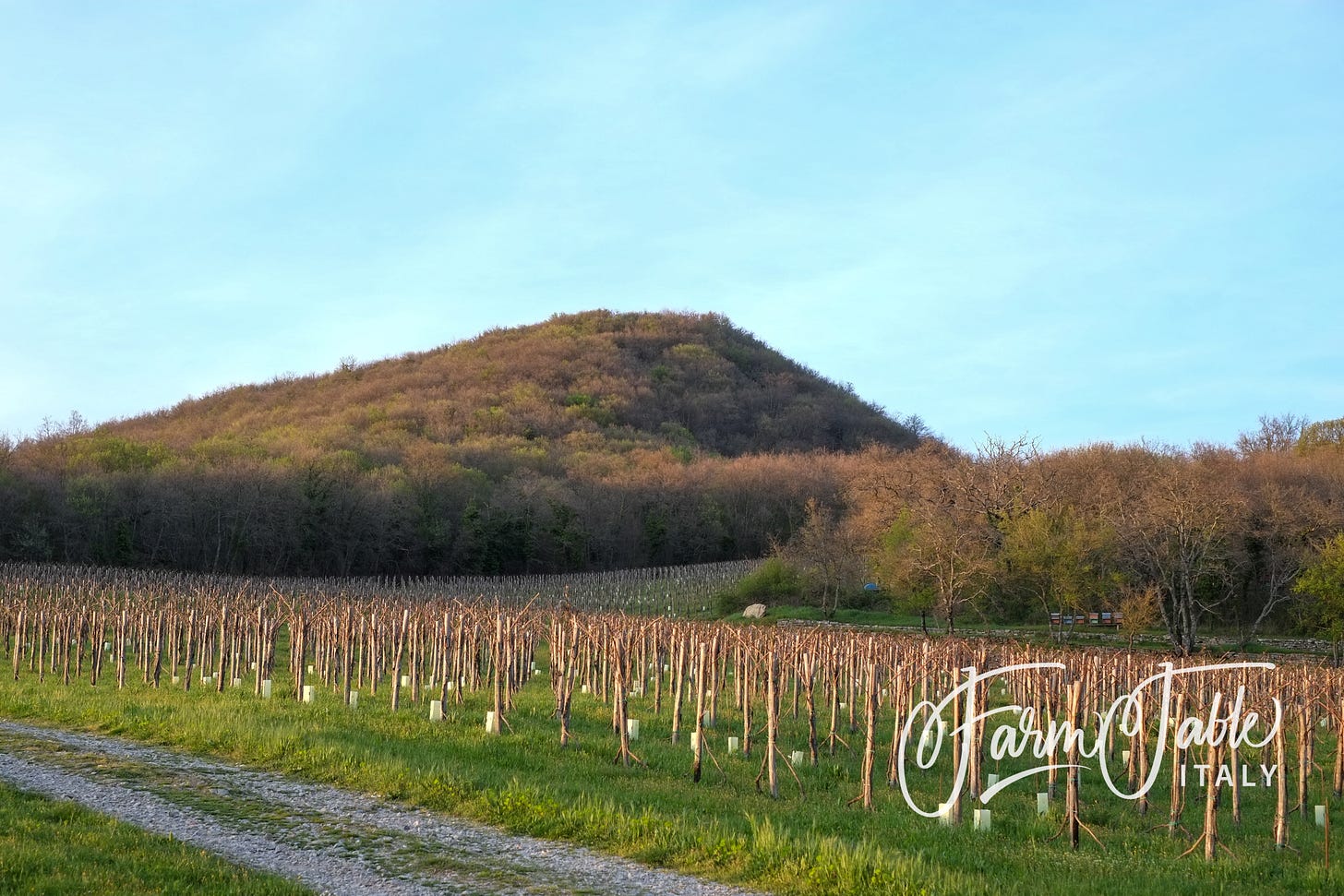
The Pesa River begins from springs on La Petraia as it crosses the provinces of Siena and Florence on its way to the larger Arno and then to the Mediterranean. The well-watered land encouraged Susan and Michael to plant a wide variety of vegetables, fruit trees, and grapes using agricultural methods that fell out of vogue in Tuscany long ago and that had the locals scratching their heads. Tuscan farmers traditionally confine their growing to grapes for their famous Chianti wine and olives, so the thought of growing vegetable gardens on Tuscan soil was anathema. In spite of their neighbors’ suggestions to the contrary and in cooperation with an agronomist from the nearby region of Emilia-Romagna, the results have been spectacular.
The summer harvest featured tomatoes, eggplant, and peppers; winter crops include leeks, onions, lettuce, cabbages, broccoli, beets, fennel, celery, carrots, brussels sprouts. The spring brought fava beans, potatoes, peas, and asparagus. On top of that, La Petraia was home to a variety of animals, both raised and wild, including Val d’Arno hens (which produce fantastically flavorful eggs), heritage Cinta Senese pigs, rabbits, geese, guinea hens, turkeys, and ducks.
Their harvest of fruits and nuts were equally impressive and diverse. The grounds produced almonds, hazelnuts, persimmon, apples, pears, quince, apricots, plums, peaches, mulberries (from trees that are centuries old and once housed silkworms), olives, figs, gooseberries, raspberries, black, red and white currants. The pedigree of each was thoroughly vetted by the retained services of a local agricultural historian. The quince, for example, were of the same variety grown by Tuscan aristocracy many centuries ago.
The Chianti region of Tuscany is synonymous with wine, of course, and La Petraia grew the traditional Sangiovese grapes, but in an unconventional method. That is, it was conventional and traditional here before anyone had heard of a wine from Chianti. Since 2012, La Petraia has used the ancient alberate training system, locally called the testucchio method, which uses tree trunks as support for the vines. Less efficient than the bicordon method favored today – which are the two long wires strung with vines that stretch miles along the countryside - the Romans and perhaps the Etruscans just used what they had for support. And centuries-old olive trees were resurrected and new sapling planted to feed the harvest.
ACTIVITIES
When La Petraia was operating, Susan and Michael offered their guests cooking classes and harvesting activities that are truly “farm-to-table”. These activities were based on the then-current fruits, nuts, vegetables, and meats that are fresh and in-season at the farm. These classes and harvesting activities changed as La Petraia evolved and as their understanding of the land grew. Susan and Michael have also offered “Landscape Readings” (their unique version of a foraging class) through which you can gain in-depth understanding of not only the food, but how it impacts the farm’s eco-system. In addition to their other amazing activities, La Petraia offered wine tasting and olive oil exploration classes, as well as normal lunch and dinner tastings. Beyond these formal opportunities, guests were welcome and encouraged to harvest nuts and other produce on their own during their visits, when appropriate.
All these facts, history, and experiences describe what comprised the experience at La Petraia, but there is more. Michael and Susan describe with great eloquence the powerful natural forces in the land around their farm that have inspired them and that have guided their efforts at La Petraia. But I think that their status as 'outsiders' to Italian tradition (if not all of its obtuse mores) and their willingness to follow their own direction while also respecting the soul of the land and surroundings is the true key to the beauty that they have created here. By embracing the land and its possibilities and seeing beyond the custom and tradition, Susan and Michael created something much greater than the sum of its parts — they uncovered someplace magical that redefines what it means to visit an agriturismo.
Watch for Part II of this post coming very soon where I’ll describe a dinner I attended at La Petraia which completely captures the essence of that magical place.



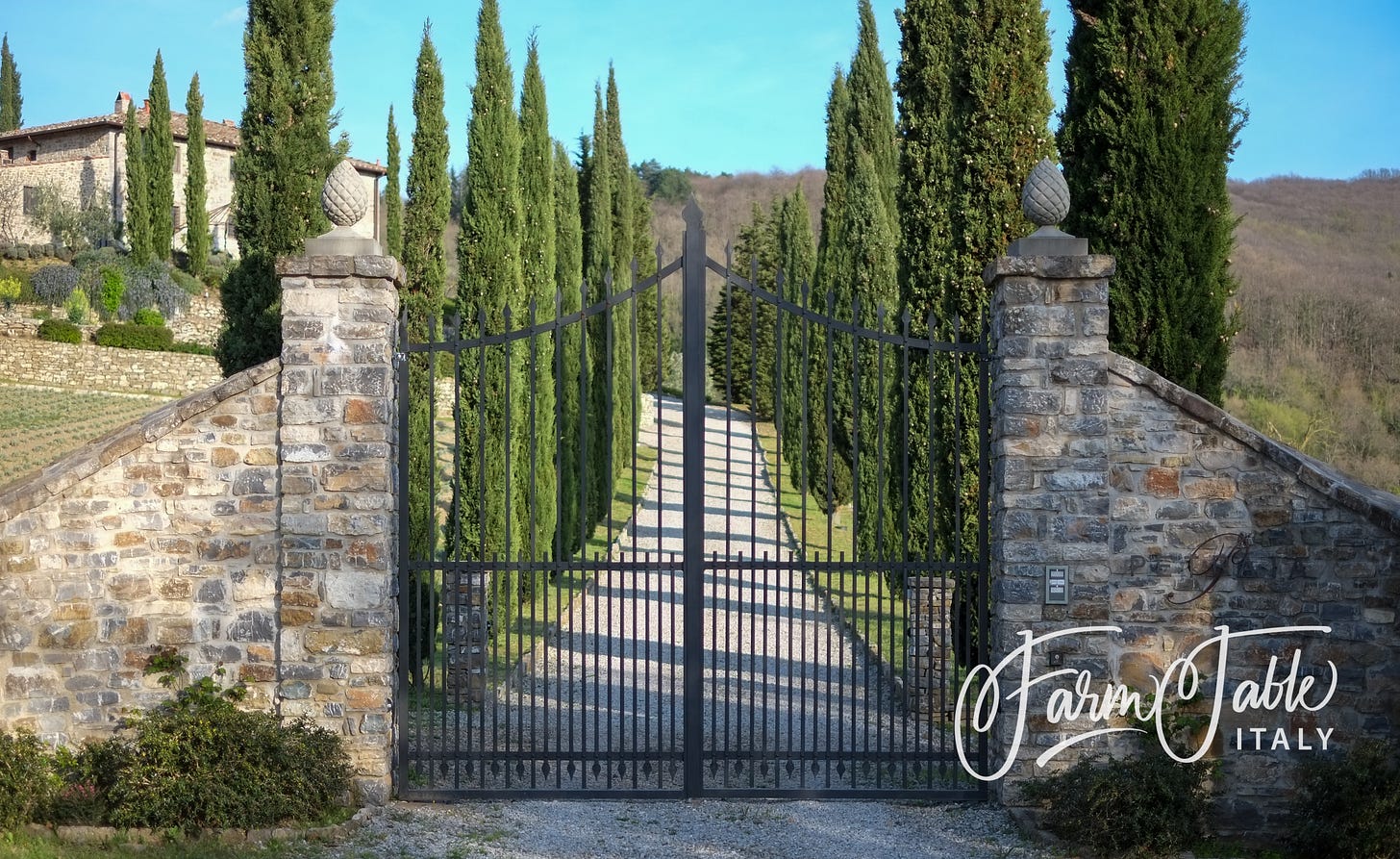
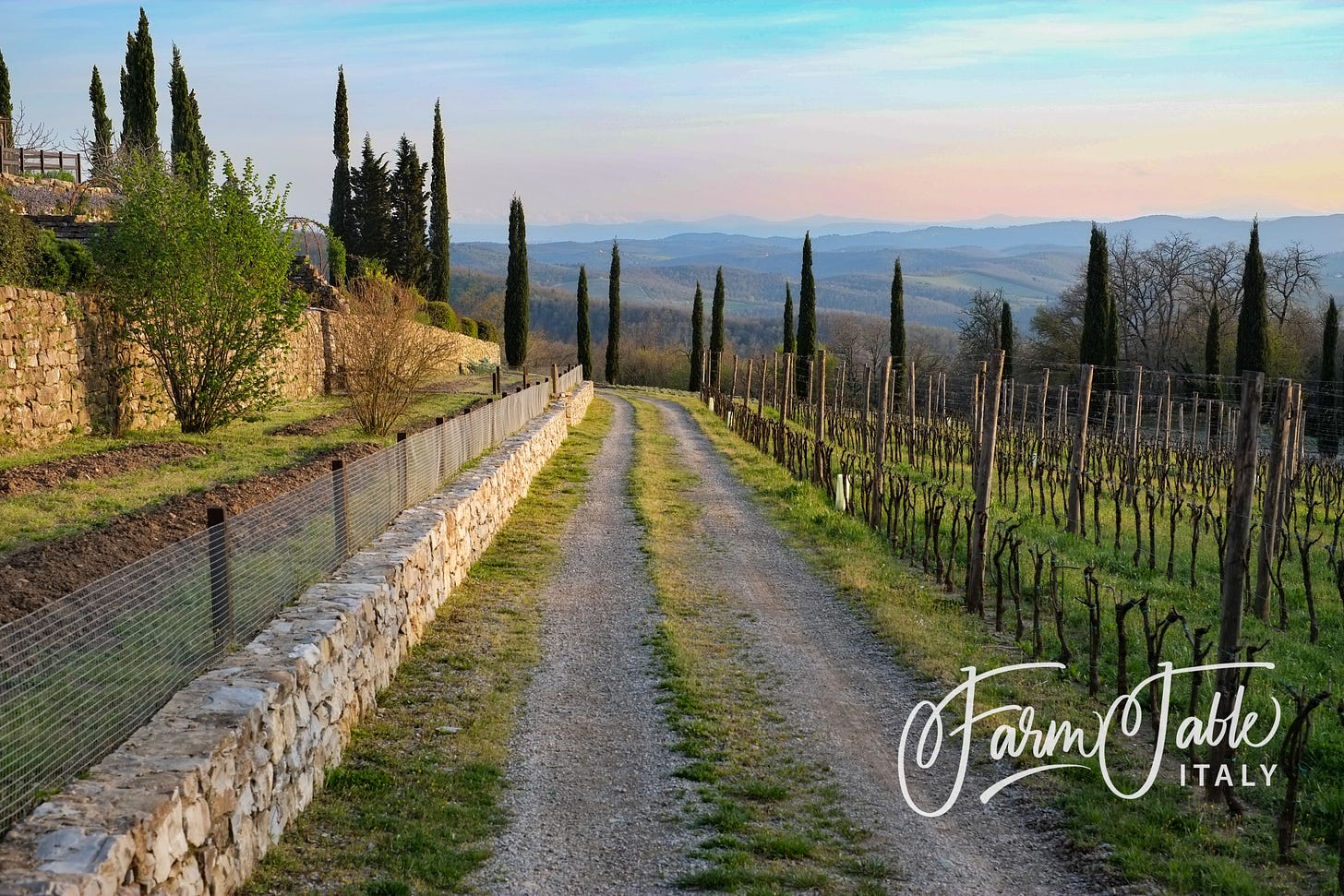
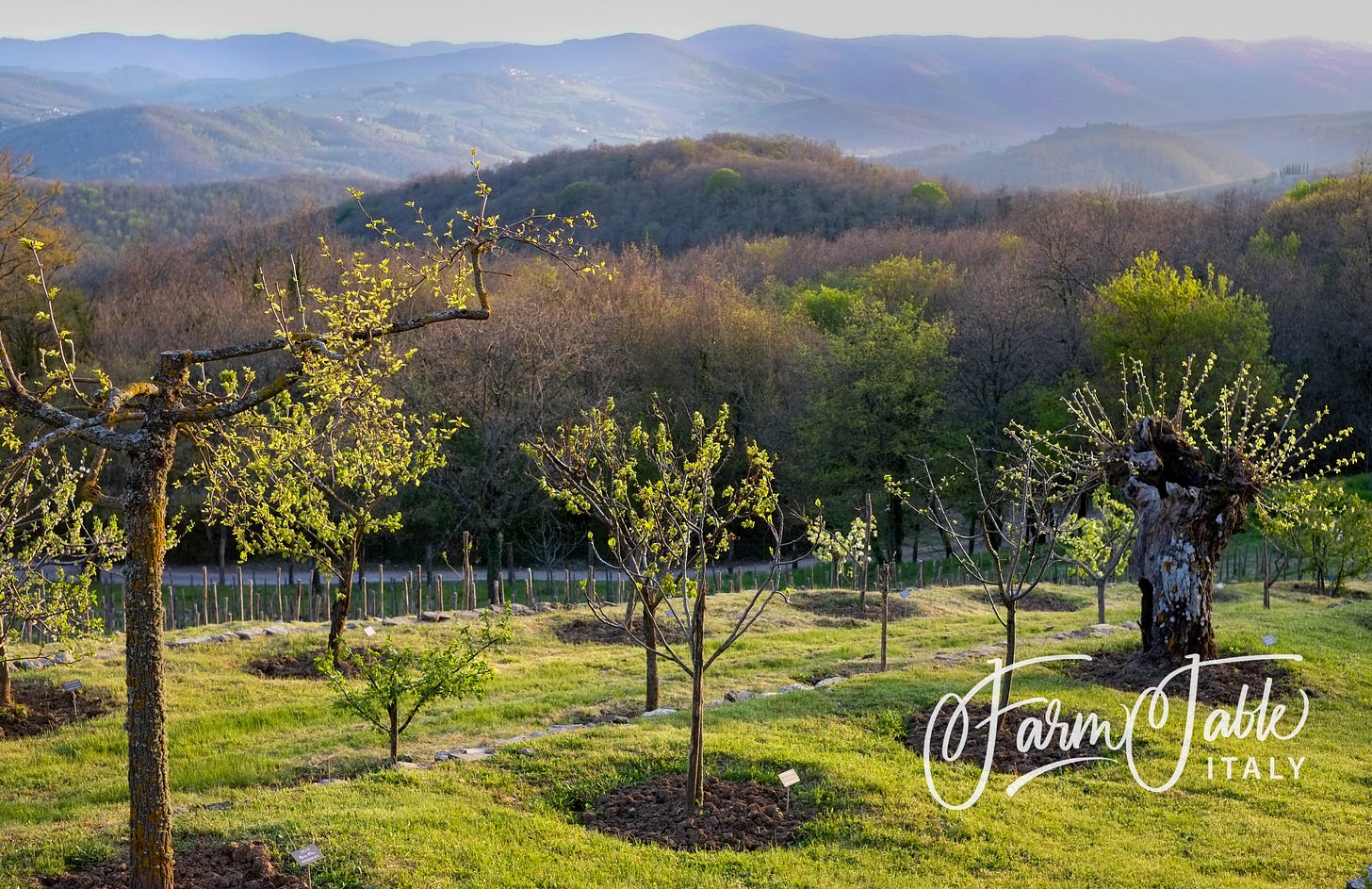
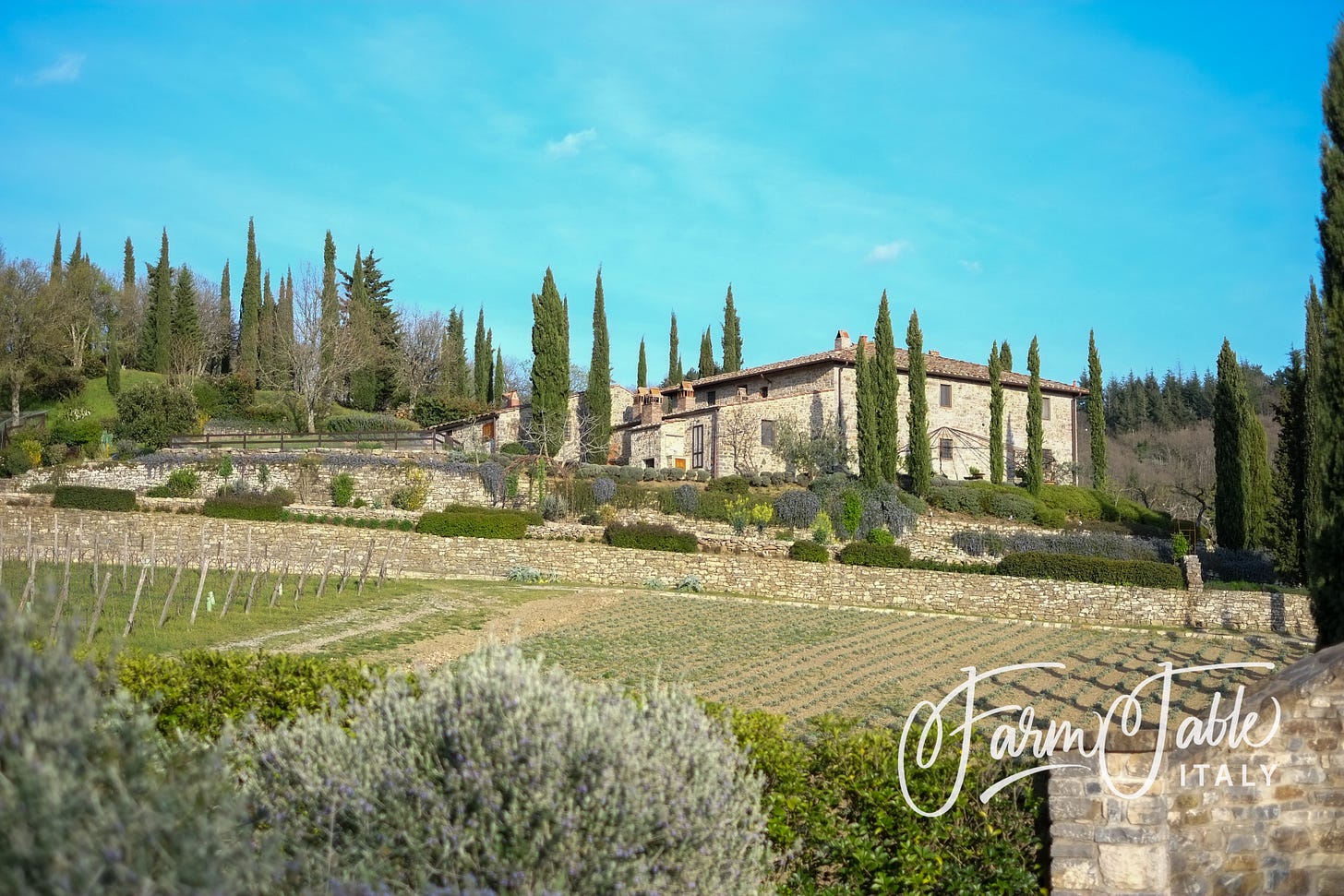
A friend just shared this with me, what a beautiful post David. Brings it all back, we miss La Petraia…